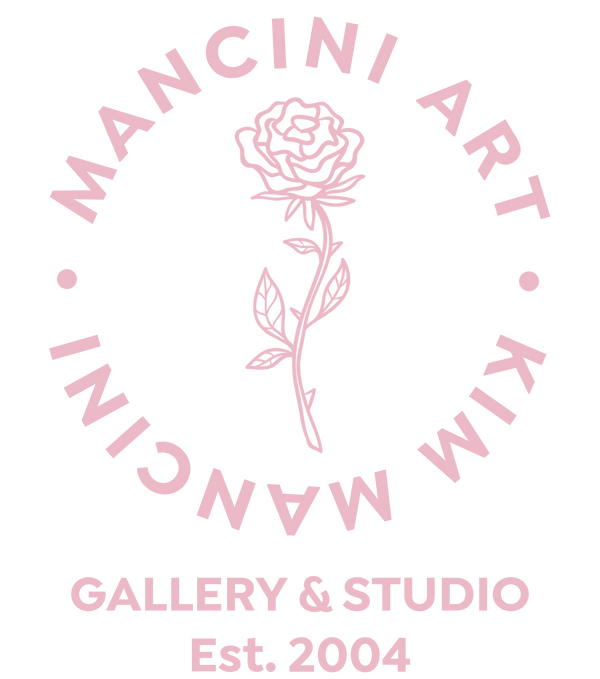|
Week 1
Introduction to Drawing - Inspired by Favourite Characters
|
-
Objective: Teach the basics of drawing, focusing on lines, shapes, and forms.
-
Children can bring their favourite toy for inspiration
-
Activities: Children will learn how to break down their favourite characters into simple shapes. They will then practice drawing these characters using pencils or charcoal.
-
Materials: Paper, pencils, erasers, reference images of characters (cartoons, superheroes, etc.)
|
|
Week 2
Introduction to Understanding Colour Theory - Using Inks
|
-
Objective: Introduce the concept of colour theory, focusing on primary and secondary colours, complementary colours, and how to mix them.
-
Activities: Children will experiment with inks to create colourful abstract art. They will learn to mix primary colours and explore how different colours work together.
-
Materials: Ink bottles, water, brushes, mixing trays, paper.
|
|
Week 3
Introduction to Watercolour - Using Animal Images
|
-
Objective: Teach the basics of watercolour painting, focusing on blending and washes.
-
Activities: Children will create watercolour paintings of animals, experimenting with light washes and layering colours to depict fur, feathers, or scales.
-
Materials: Watercolour paints, watercolour paper, brushes, reference animal images.
|
|
Week 4
Introduction to Mixed Media and Acrylics
|
-
Objective: Introduce mixed media techniques, using both acrylic paint and other materials.
-
Activities: Children will create a mixed media artwork by combining acrylic paint with other materials like fabric, magazine clippings, or buttons.
-
Materials: Acrylic paints, brushes, canvas or mixed media paper, fabric, buttons, glue.
|
|
Week 5
Introduction to Printing - Using Aluminium Foil
|
-
Objective: Teach basic printmaking techniques using materials like aluminium foil.
-
Activities: Children will create textured prints using aluminium foil. They will press foil onto different surfaces and use it to create prints on paper.
-
Materials: Aluminium foil, ink or paint, rollers, paper.
|
|
Week 6
Sculpture - Creating in Clay and Paper
|
-
Objective: Introduce basic sculpture techniques using clay and paper.
-
Activities: Children will sculpt simple forms out of clay (e.g., animals, abstract shapes) and combine them with paper elements to create fun, dynamic pieces.
-
Materials: Air-dry clay, paper, glue, scissors.
|
|
Week 7
Soft Form Sculpture - Using Paper, Fabric and Wire
|
-
Objective: Explore soft sculpture techniques using paper and fabric materials.
-
Activities: Children will create soft sculptures using fabric, paper, and stuffing. They will design characters or creatures and learn how to shape and stitch the materials.
-
Materials: Fabric, paper, stuffing (cotton or synthetic), needles, thread, scissors, fabric glue.
|
|
Week 8
Learn to Draw and Paint Portraits - Mixed Media
|
-
Objective: Teach the basics of portrait drawing and painting using mixed media.
-
Activities: Children will learn to draw portraits using pencils, then enhance the portrait using watercolours or pastels for colour. They will experiment with layering materials like fabric or paper.
-
Materials: Pencils, watercolour paints, brushes, mixed media paper, pastels, fabric, and paper clippings.
|
|
Week 9
Explore Collage and Abstract Art
|
-
Objective: Introduce abstract art and collage techniques.
-
Activities: Children will create an abstract collage using cut-out shapes, textures, and painted paper. They will learn about the role of abstraction in art and explore how colours and textures can evoke different emotions.
-
Materials: Magazines, scissors, glue, coloured paper, markers, or paint.
|
|
Week 10
Final Project - Bring it all together
|
-
Objective: Apply everything the children have learned to create a final piece that incorporates drawing, painting, sculpture, and mixed media.
-
Activities: Children will create a comprehensive final project where they incorporate various skills learned in the previous weeks, such as combining portraiture, mixed media, and sculpture into one artwork.
-
Materials: Mixed media materials from previous lessons (e.g., ink, watercolour, clay, fabric, etc.), canvas, or large paper.
-
Children will have the opportunity to enter and display in window exhibition
|

